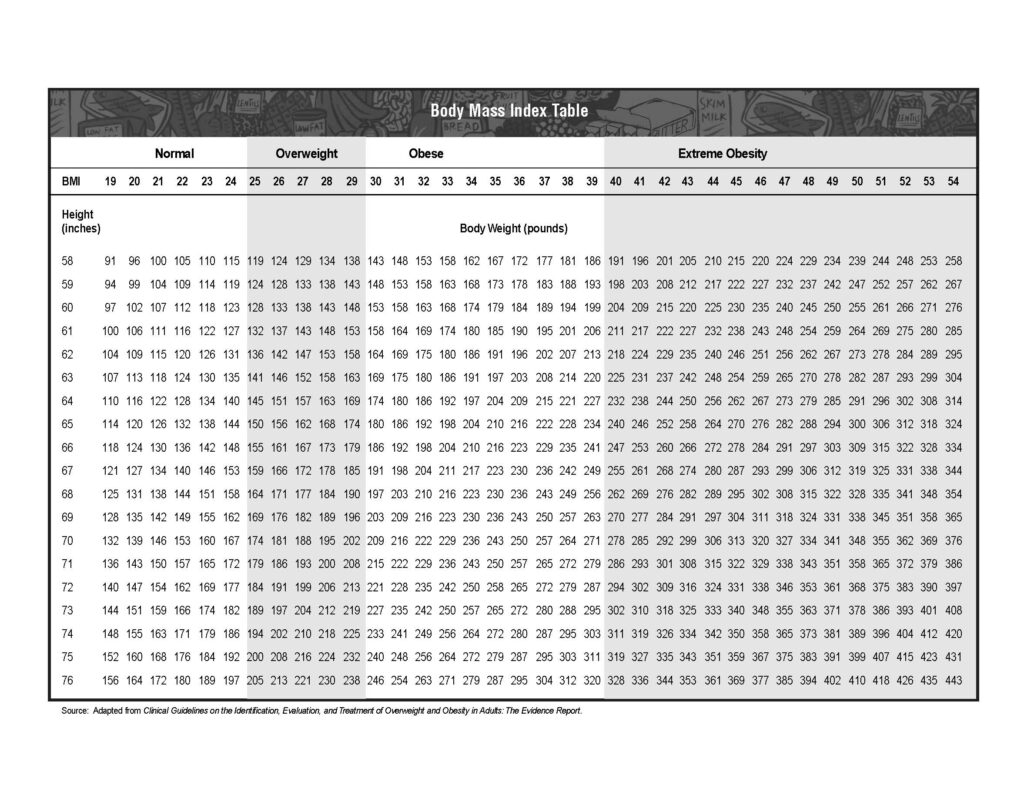
What is Readiness to Change?
For most people, behavior change occurs gradually over time, through a series of stages. It’s important to know your readiness to change (where you are in the cycle) in order to set appropriate goals, action steps, and strategies. In general, you can use the scale to ask how important is it for you to make a change and how confident are you that you can do it.

HOW IS MY READINESS TO CHANGE ASSESSED?
The Stages of Change model is useful to foster positive behavior change. By identifying where you are in the change process, strategies can be tailored to your readiness to change.

When you first meet with a BeWell for Life wellness coach, you may not be ready to dive in and start making changes right away. In fact, you may not even be convinced that you need to make any changes at all. And that’s okay!
You may need more information about the positive benefits related to change (and the risks of not making changes). Or perhaps you’re thinking about making a change but are struggling with overcoming barriers or finding the support needed to get started. You may have already started to make some changes and just need some positive reinforcement and encouragement to stay on track.
Wherever you may be on your wellness journey, a BeWell for Life wellness coach can provide you with the support you need to build self-efficacy and be successful!
STAGE | CHARACTERISTICS | STRATEGIES |
|---|---|---|
Pre-contemplation | The person is not even considering changing. They may be in denial about their health problem, or not consider it serious. They may have tried unsuccessfully to change so many times that they have given up. | Educate on risks versus benefits and positive outcomes related to change. |
Contemplation | The person wants to stop feeling stuck but is still ambivalent about changing. During this stage, the person weighs benefits versus costs or barriers (e.g., time, expense, bother, fear). | Identify barriers and misconceptions. Address concerns. Identify support systems. |
Preparation | The person is prepared to experiment with small changes. One step can be to make their intention public as they may still need to convince themselves they're ready. | Develop realistic goals and timeline for change. Provide positive reinforcement. |
Action | The person takes definitive action to change behavior, modifying their behavior and surroundings. This stage requires the most commitment of time and energy. | Provide positive reinforcement. |
Maintenance and Relapse Prevention | The person strives to maintain the new behavior over the long term. It takes work to prevent relapse so this stage is long and ongoing. | Provide encouragement and support. |












